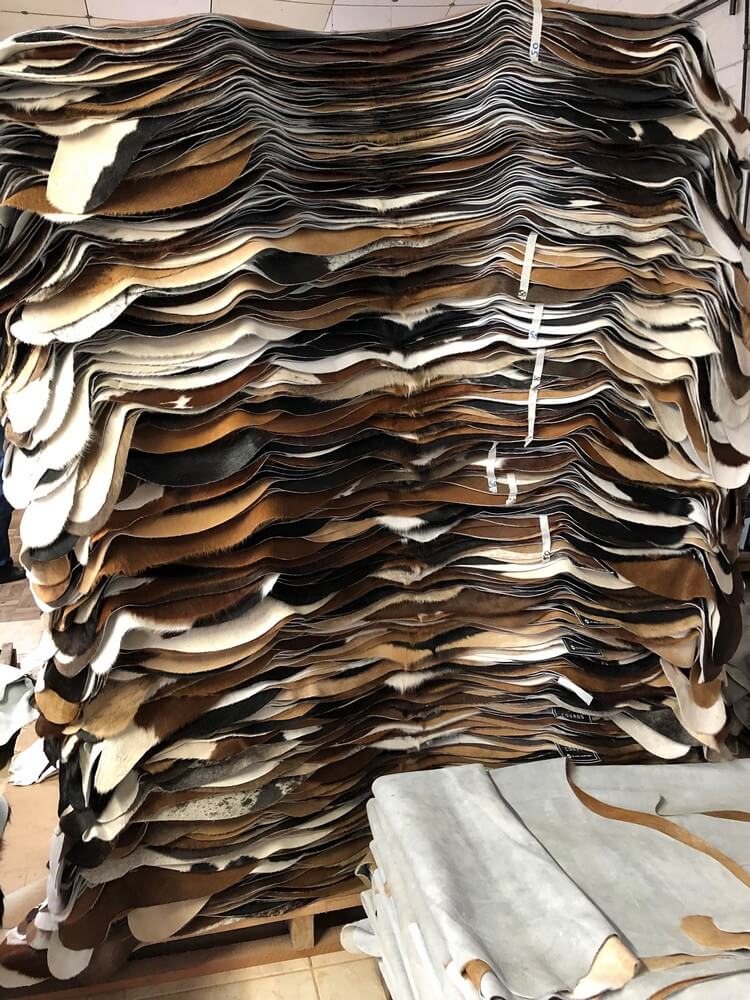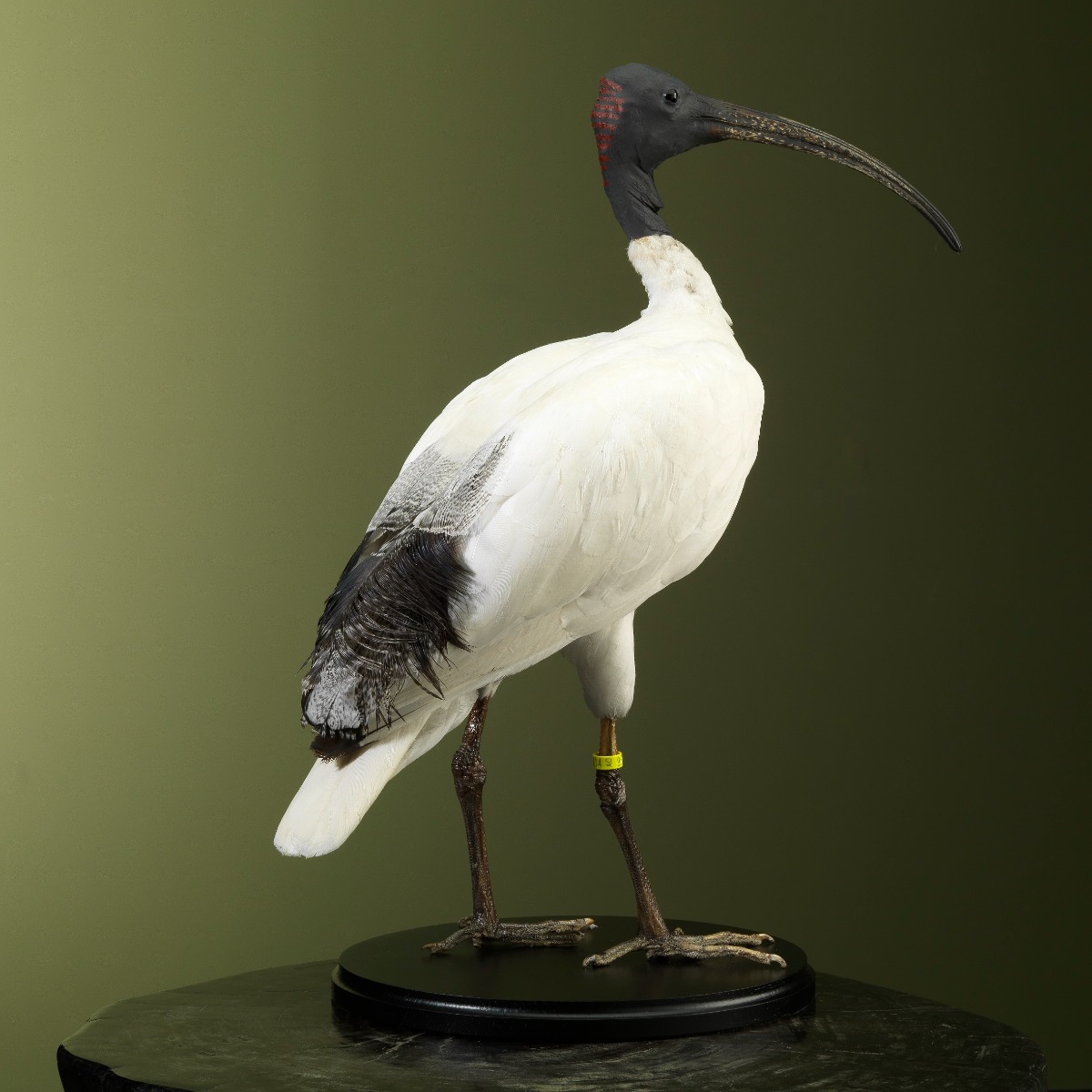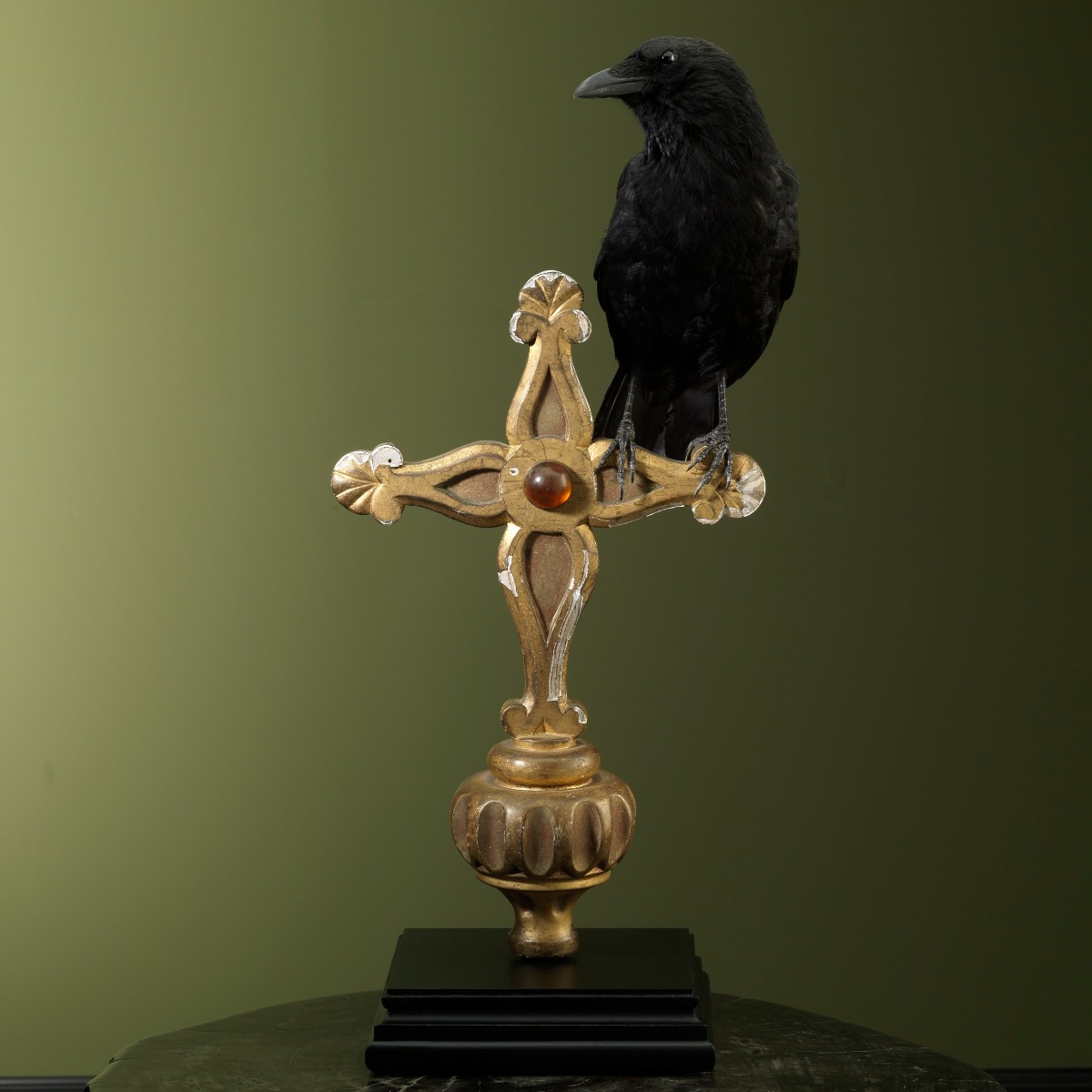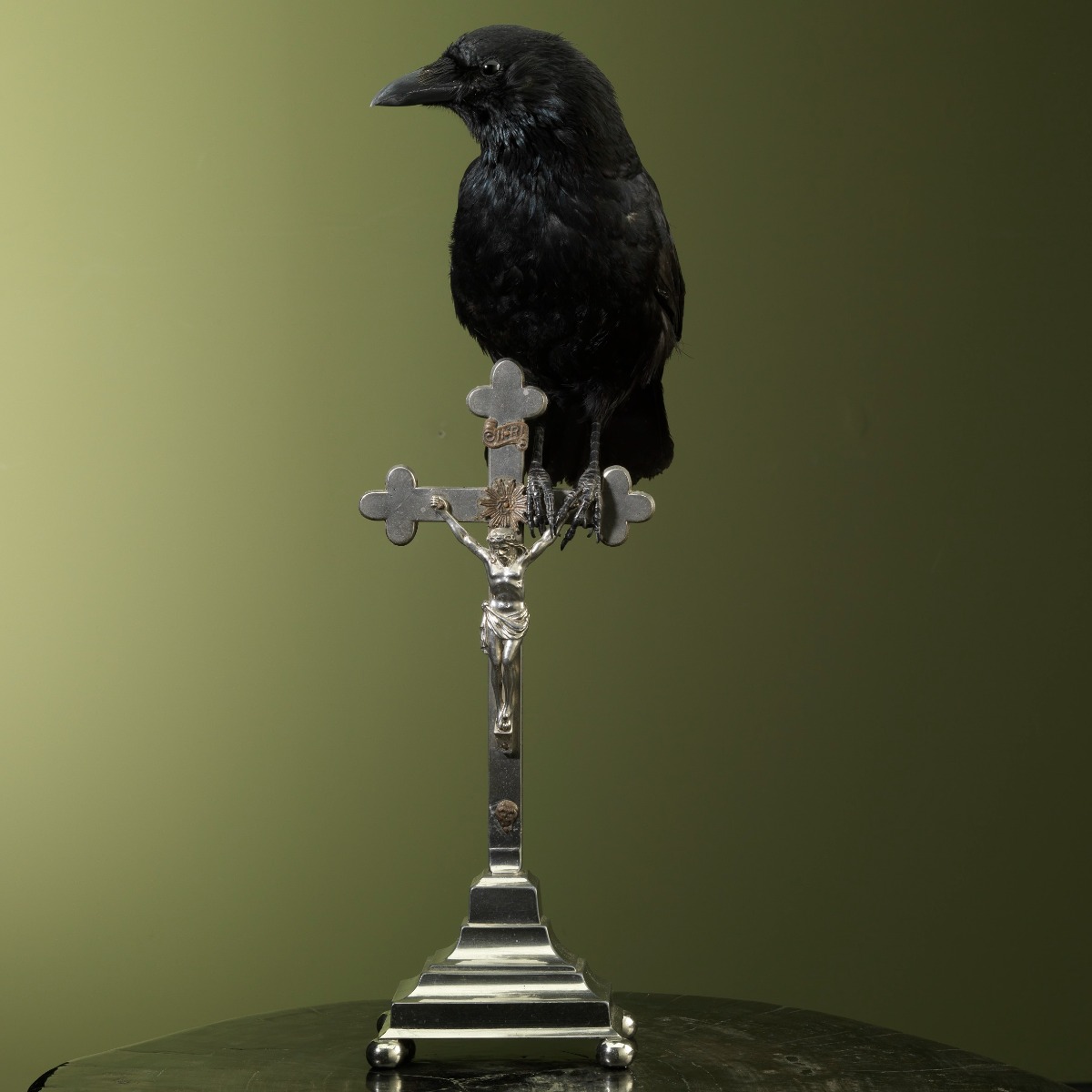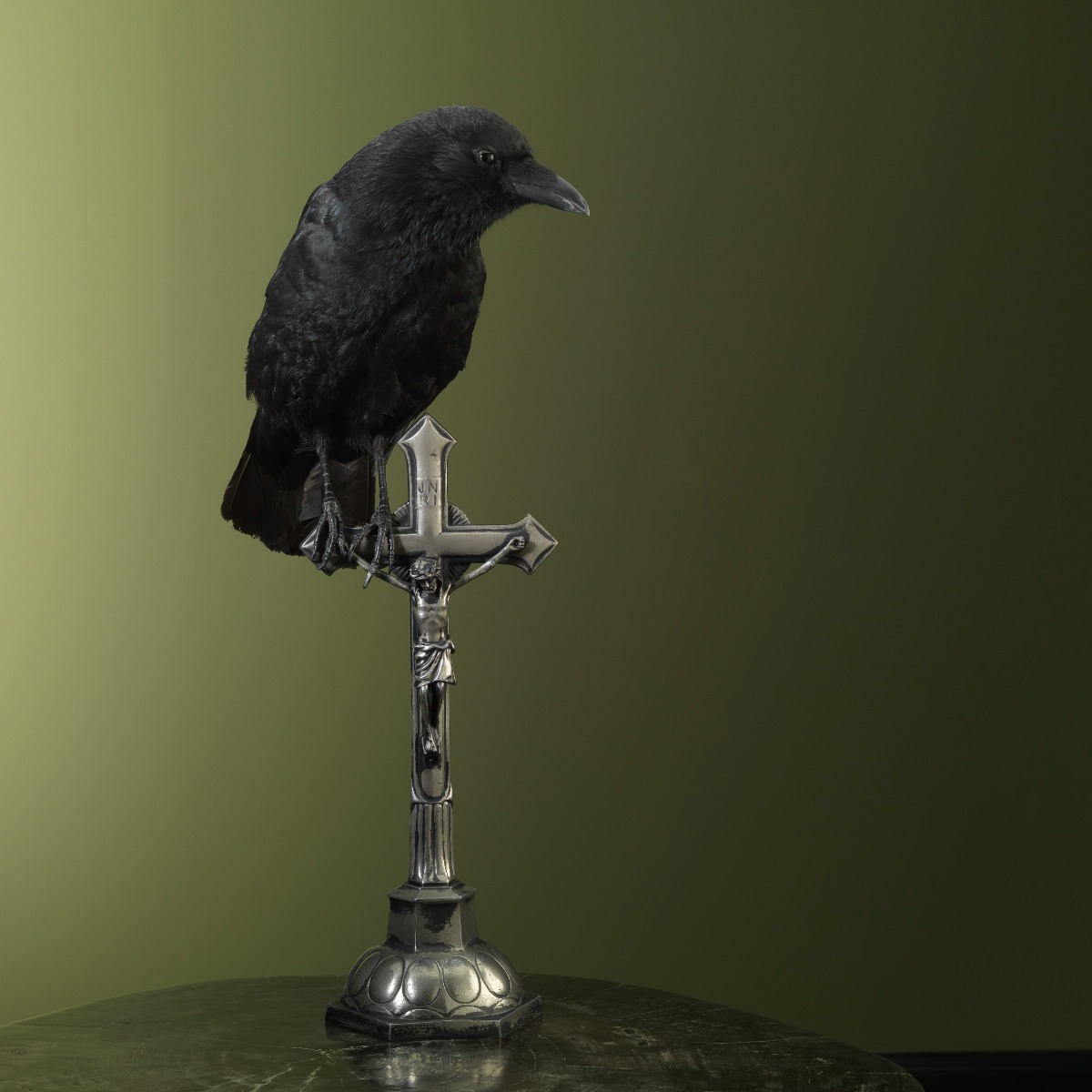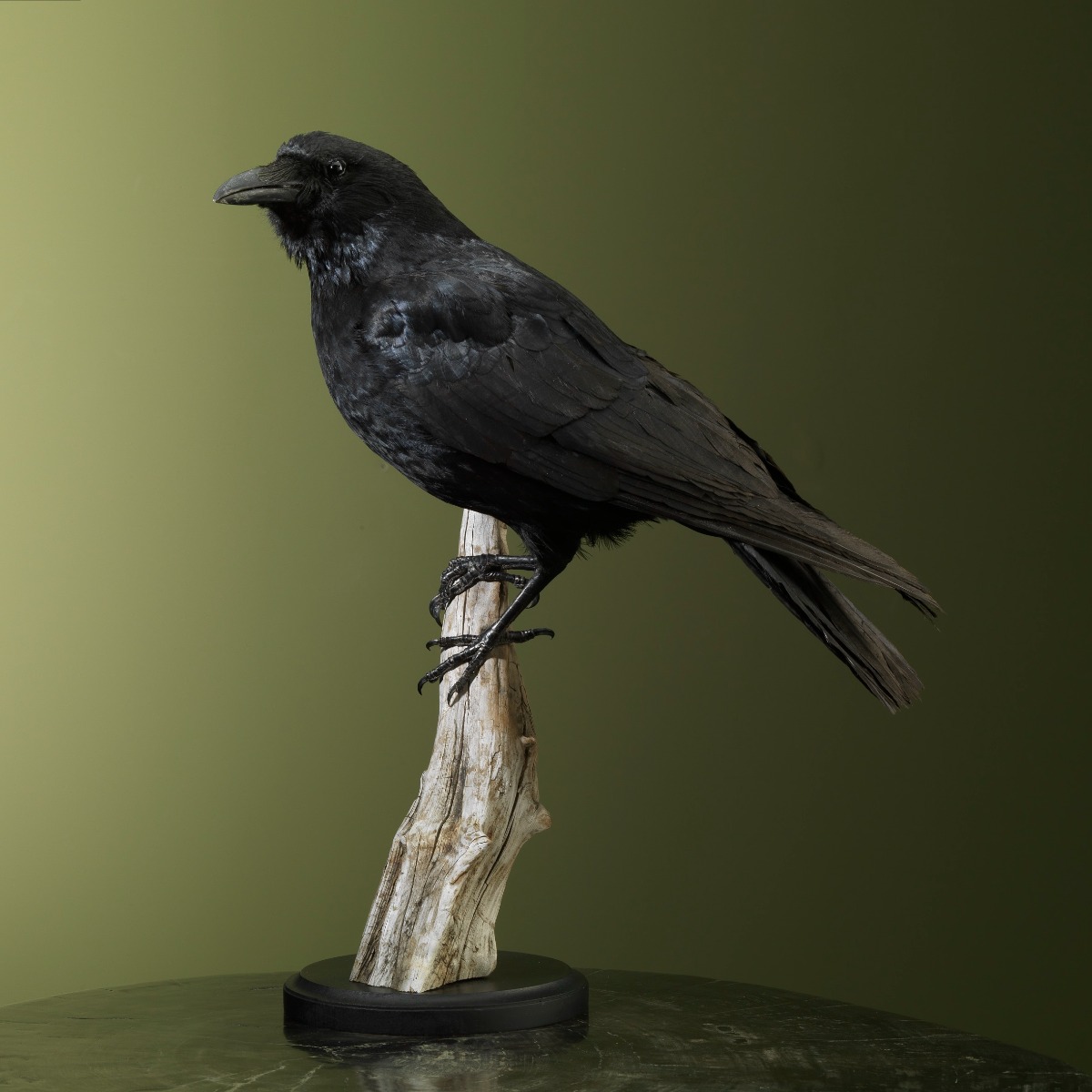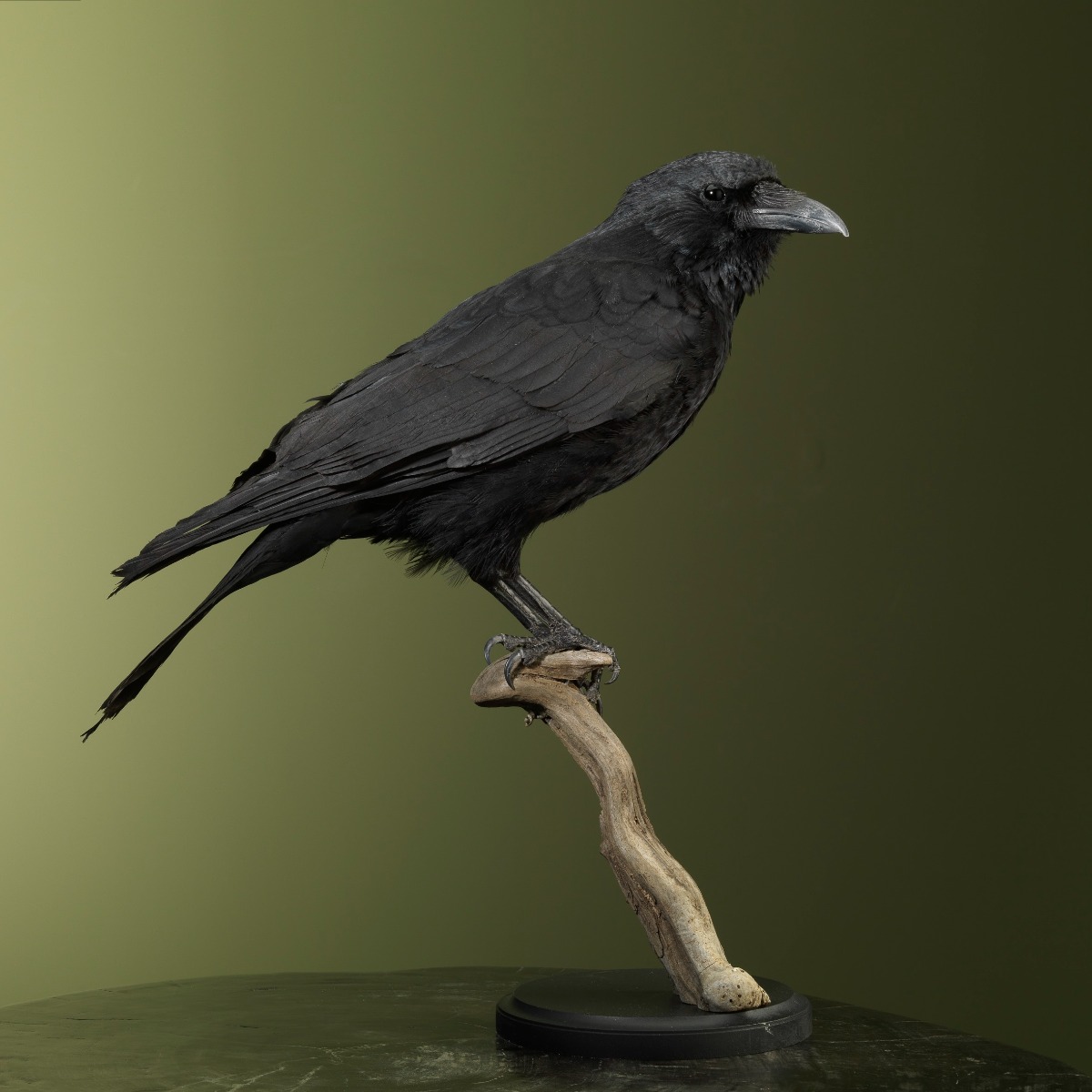
2741 Spiny King Crab in Display Case
SKU: 2741 Spiny King Crab in Display Case H44W32D20
What to expect
- Ordered before 14:00 = shipping within 1 day
- Supplied from stock
- Post-payment possible (AfterPay/Klarna)
- 14 days money back guarantee
Description
Mounted Spiny King Crab in Display Case: A Unique Look at the King of Lobsters
The stuffed Spiny King Crab (Paralithodes californiensis) is an impressive taxidermy piece that captures the raw power and beauty of the sea. Known for its spiny armor and giant claws, this majestic crab is a true masterpiece of nature. With its broad body and sharp spines, the Spiny King Crab is an intriguing sight that will look perfect in a carefully crafted display case.
The Spiny King Crab belongs to the Lithodidae family and is known for its large size. This crab can reach a wingspan of up to 1.8 meters, making it one of the largest crustaceans. It lives mainly in the cold waters of the Pacific Ocean, from the California coast to the Bering Sea. Its spiny body protects it from predators and allows it to safely navigate the rocky sea floor.
A fun fact about the Spiny King Crab is that it is not only known for its large size, but also for its exceptional strength. It is capable of feeding on hard crustaceans and even starfish, which it breaks open with its powerful claws. Its diet varies, but it is mostly known as an omnivore, adapting to the food sources available in its environment.
The process of preparing this crab for taxidermy requires precision and skill. The prickly texture of its armor and the symmetry of its claws make it a challenging but beautiful subject. In a display case, this royal crab is impressively displayed, highlighting every detail. The glass of the display case protects the specimen from outside influences, allowing it to last a lifetime and be admired in all its splendor.
This taxidermy piece is a true eye-catcher for any interior, whether it is a collection of marine life, a museum, or a personal collection. The Spiny King Crab in display case is not only a decorative object, but also a reminder of the wondrous creatures that inhabit our oceans.
Every stuffed animal supplied by By Max comes with the necessary legal documents. This can be a cites document, declaration of origin or just the invoice (this depends on the species). These documents guarantee the origin and legality of the specimen.
Blog
Blog Overview
